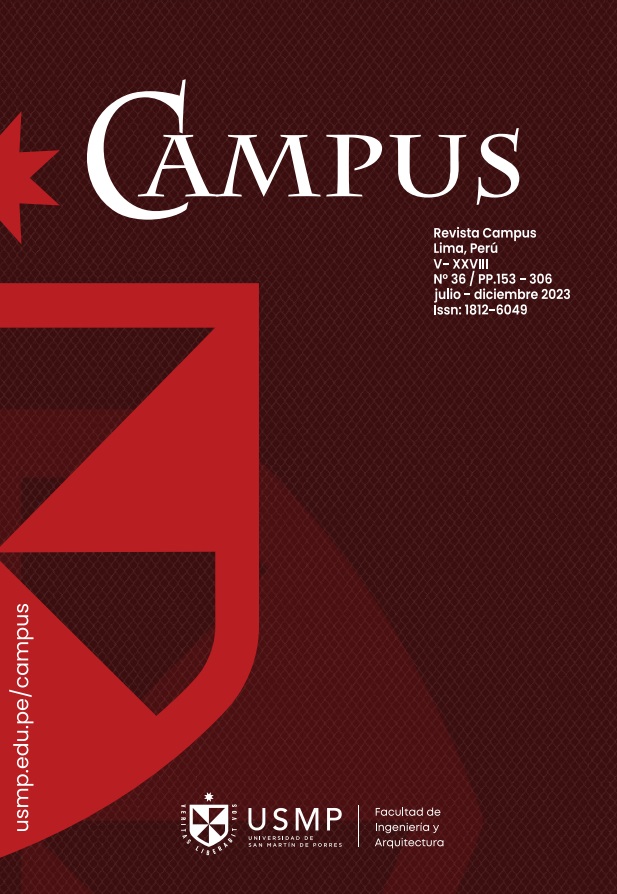Evaluation of the effectiveness of fume extraction systemsin arc welding
Abstract
This study focused on evaluating the effectiveness of various
welding processes in reducing volatile gas emissions in work
environments, a crucial factor for occupational health and
safety. Comparative tests were carried out on three common
welding processes: SMAW, GMAW and GTAW, with a focus
on the concentration of formaldehyde and other volatile
organic compounds (VOCs) in the air. The results revealed
high statistical significance between treatments, confirming
substantial differences in VOC emissions. The Tukey test
identified the GTAW (TIG) process as the most efficient, with a
concentration of total volatiles of 0.0557 mg/m³, well below the
threshold of 0.2 mg/m³, where it is expected that no irritation or
symptoms of discomfort. In contrast, the SMAW and GMAW
processes showed concentrations that could lead to irritation
or discomfort. Choosing the appropriate welding process is
revealed as a critical factor in reducing VOC emissions and protecting workers’ health. VOCs, including formaldehyde and
carbon monoxide, can have adverse health effects on workers,
and compliance with occupational exposure limits is essential.
Downloads
Downloads
Published
Issue
Section
License
Copyright (c) 2024 Francisco Javier Rojas Alejandro, Augusto Felipe Zingg RoseLl, Issaak Rafael Vásquez Romero, Marilyn Aurora Buendía Molina

This work is licensed under a Creative Commons Attribution 4.0 International License.






